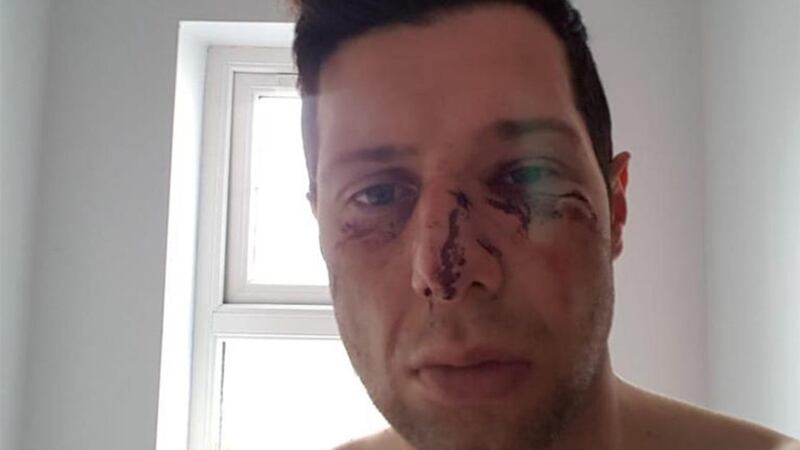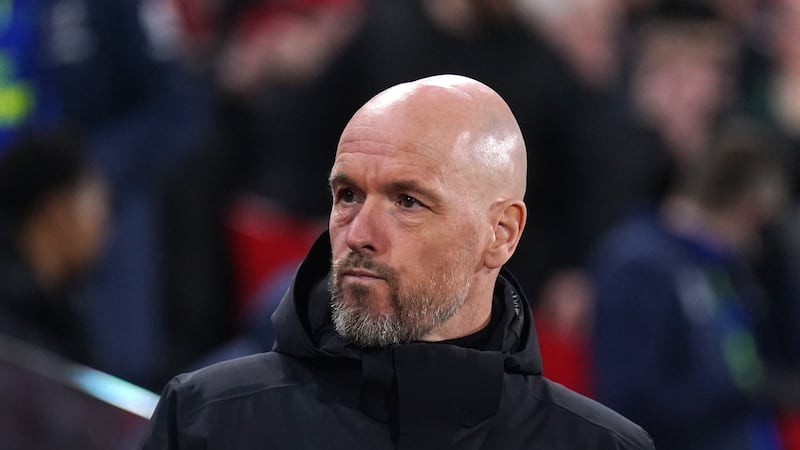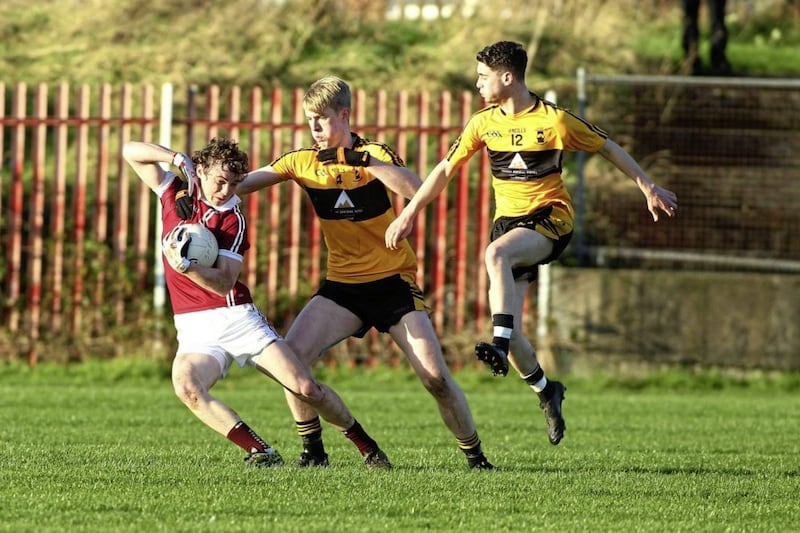SOCIAL media increasingly influences how we perceive sports and people. It has the power to make ordinary people famous and, in the same breath, to torpedo an ordinary person.
In GAA circles, it seems that past players are more active on social media than the current stars.
Take Michael Murphy and Aidan O’Shea as examples. With Twitter fanbases of 50 thousand each, both men have more followers than many county teams combined, yet they pale into insignificance against former greats such as Bernard Brogan (110,000 followers), who my children refer to as the fashion man, or Colm Cooper (78,000 followers).
The removal of an inter-counties omertà, which is typically granted upon retirement, provides a certain freedom to express one’s opinions in respect of football generally and strengthens their social media profile, but the savvy guys can also use it as a promotional tool to their advantage and to make good money.
The question remains as to whether social media is a useful reference tool for debate or whether it is polluted with fake news and is fast becoming an information system to push agendas.
The GAA, similar to every other sport, cannot be sheltered from the misuse of social media.
In the past week alone we’ve seen video clips of match brawls, games in which referees were apparently targeted, and pictures of players being allegedly assaulted.
I’m bemused how people are so quick to get their phone out to capture an incident. Doesn’t anyone get caught up in the moment at matches any more to the point that it is their memories which sustain their enjoyment rather than the video clip on their phone?
The GAA do not use phone clips as evidence in hearings and there is a good reason for this. They are wholly unreliable. That does not stop them from being circulated and stirring up hysteria about the dangers of playing one sport or another, nor does it prevent people making unfounded judgements on another team or a person’s character.
A couple of weekends ago, Moy played Edendork in a hugely physical contest.
Many cards were brandished, signifying the game as a war of attrition.
During the game – not during a reported melee – Sean Cavanagh was reportedly concussed and received cuts to the face.
What happened next only served as an injustice to all involved. Even though the Tyrone County Board reviewed the incident and cleared the Edendork player of any malicious intent, social media has tarnished his reputation and that of his club.
I can completely understand why they’ve since released a statement outlining their intentions to clear their good name.
The incident hasn’t served Sean Cavanagh well either. Social media trolls suggesting he released his picture only after fixing his hair and removing his top are crass.
Others indicating he was exploiting an opportunity to marry an unfortunate event with the timing of his book release are equally thoughtless.
Only Sean really knows why the photo was released and for what purpose. Later in the week, former Donegal defender Kevin Cassidy called it as he saw it. He tweeted to his 11,000 followers ‘if that incident was accidental then Sean should have come out and said so and if it wasn’t then the club is at fault for trying to say it was’.
Kevin was a tough man on the pitch. He played the donor and recipient in many bruising encounters, but never once carried his spat off the pitch. That was the old way of doing things; shake hands and forget about what happened until next time.
Kevin is really just asking the same question we all want to know – what is the truth?
What really happened and can someone clear up the confusion without fear of repercussion.
Fake news is like the modern day version of ‘Chinese whispers’, only rather than five or 10 people hearing the story unfold through word of mouth, social media is used to magnify the story tens of thousands of times.
The UK government recently described fake news as a deliberate distortion of facts by groups or people with a deliberate agenda which is creating a democratic crisis as it impacts on every strand of life, particularly political life.
The media is complicit in this Tyrone kerfuffle. It is very easy to lambast teams when there is a negative story.
Sensationalism sells papers. There is a voracious appetite for this type of gossip within the general public.
Nobody stops to ask if the story is accurate or not. On the contrary, when people hear the true version of events, they rarely take a moment to realise their part in the spreading of fake news or attempt to rectify any harm they may have caused in the spreading of misinformation.
Social media platforms provide very powerful networking opportunities and the sharing of videos and pictures have become a normal part of day to day interactions.
It is impossible to sanitise or to police postings,but it is possible to think twice before you become complicit in the deliberate or unintentional tarnishing of another person or club. Remember, at the heart of each post is a volunteer doing their best.







